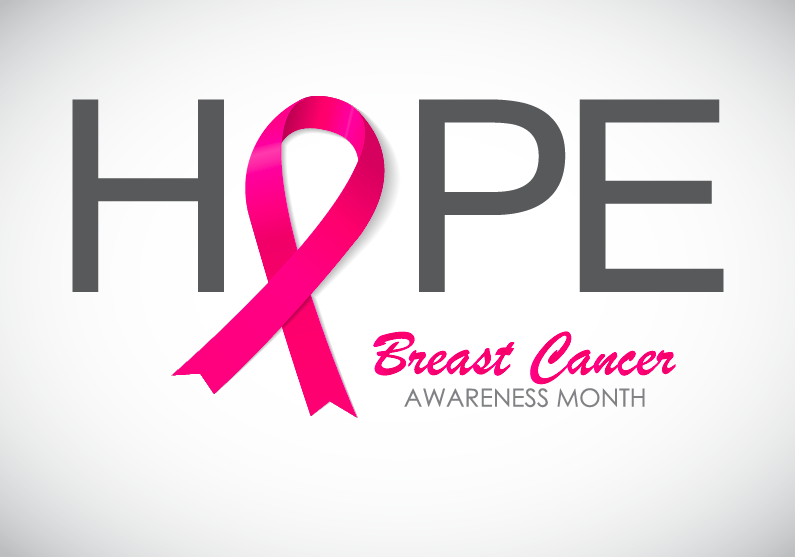The American Cancer Society estimates that there will be approximately 253,000 new cases of breast cancer diagnosed this year. A woman living in the U.S. has a 1-in-8 chance of being diagnosed with breast cancer in her lifetime. The numbers still sound high but they show a marked improvement. Because of increased awareness, earlier detection from screenings and better treatment, a woman’s risk of dying from breast cancer is down by almost 40% since the late 1980s. So, overall, a woman’s chances of dying from breast cancer are about 2.7%.
The American Cancer Society also released new figures regarding how age, ethnicity and race affect a woman’s risk of breast cancer. Asian/Pacific Islander women have the lowest incidence and death rates. Hispanic/Latina women have the next lowest rate overall. Non-Hispanic white women have the highest incidence of breast cancer and are most likely to develop it between ages 65 and 84. Non-Hispanic black women have higher incidence rates before age 40 and are 42% more likely to die from breast cancer at any age.
How Lifestyle Affects Breast Cancer
Research has shown that smoking, drinking and obesity can all increase the risk of breast cancer. While we have all heard about the health risks of smoking, the alcohol and breast cancer link may be news. Many studies show that a glass of wine a day is good for heart health but there is also evidence that alcohol increases a woman’s cancer risk. For every alcoholic drink consumed per day, a woman’s breast cancer risk goes up an average of 10%. Women will have to weigh the heart benefits against the risks. Also, overweight women, especially postmenopausal, have about a 1.5 to 2x higher risk than lean women. However, women who get regular physical activity have a 10%-25% lower risk than those who are inactive.
The Best Way to Protect Yourself
The best protection is early detection. To increase your chance of detecting cancer early, there are 3 steps every woman should follow:
1. Perform a self-exam monthly. Get familiar with how your breasts normally look and feel. This way, any changes will be noticed right away. Look for
• a change in size or shape
• dimpling or puckering of the skin
• discharge from the nipple
• scaly, red or swollen skin on the breast
• a lump on the breast or underarm area
2. Get an annual exam. This regular check-up should include a breast exam and give you a chance to ask questions about breast health.
3. Go for a yearly mammogram. The National Cancer Institute recommends that women 40 years and older should get a mammogram every year. Women with a family history of breast cancer may need to start earlier than that. Talk to your doctor about when and how often you should go. Mammograms are vital because they can detect breast cancer before a lump can be felt, at its very earliest stage.

